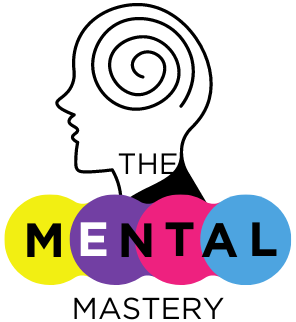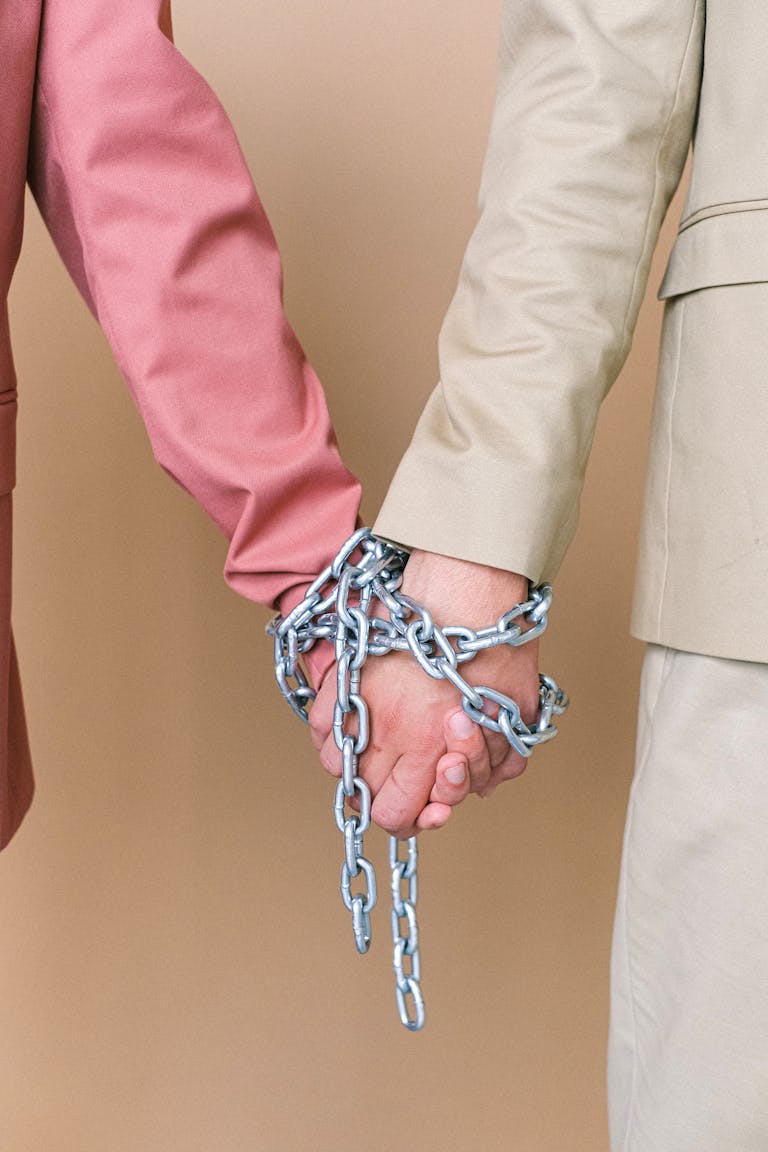The Role of Childhood Trauma in Adult Trauma Bonding
Introduction
Emotional and psychological development are significantly shaped by childhood trauma, which also affects the connections people build as adults. Unresolved childhood trauma can have serious consequences, including adult trauma bonding, a complicated attachment style that develops in toxic or violent relationships. Knowing how early experiences and trauma bonding are related might help people recognize unhealthy patterns and seek healing. This article examines the psychological processes underlying this connection, which are supported by current studies, and provides strategies for ending these cycles.

Understanding the Connection Between Childhood Trauma and Trauma Bonding
Childhood trauma, such as neglect, abuse, or growing up in a complicated family system, disrupts normal emotional development. Traumatic experiences often condition individuals to associate care with control or affection with fear. These early patterns influence attachment styles, making some people more susceptible to forming trauma bonds as adults.
Trauma bonding occurs when an individual becomes emotionally attached to an abuser due to intermittent reinforcement of affection and mistreatment. According to studies, early exposure to abuse or neglect can cause emotional dysregulation and a fear of abandonment, which can lead to harmful attachment patterns in adulthood (D’Astice & Russell, 2020; Ardelean, 2022).
Psychological Mechanisms at Play
1. Intermittent Reinforcement
Intermittent reinforcement—a behavioural conditioning mechanism—is a hallmark of trauma bonding. It involves alternating cycles of abuse and affection, creating confusion and dependency. Victims may find themselves clinging to moments of kindness while enduring mistreatment, a dynamic rooted in childhood experiences of inconsistent caregiving.
2. Attachment Theory
Unresolved childhood trauma often leads to insecure attachment styles, including anxious or avoidant patterns. Anxiously attached individuals might cling to abusive partners, fearing abandonment, while avoidantly attached people may suppress their needs, reinforcing the unhealthy dynamic (Lucero et al., 2018).
3. Neurobiological Factors
Trauma alters brain functioning, particularly in regions governing fear and reward. Chronic stress experienced during childhood can dysregulate cortisol levels, heightening the intensity of emotional responses in adult relationships. This neurobiological imprint may explain why individuals find it challenging to leave abusive dynamics (Classen et al., 2021).
Signs of Trauma Bonding
Recognizing trauma bonding is the first step toward healing. Common signs include:
- Emotional Dependence: Feeling unable to leave despite recognizing the relationship’s toxicity.
- Rationalizing Abuse: Excusing harmful behaviour as a temporary phase or blaming oneself.
- Heightened Fear of Abandonment: Reluctance to seek independence or challenge the abuser’s authority.
These patterns mirror experiences from childhood, where neglect or enmeshment cultivated an association between love and pain (Ardelean, 2022).
Healing from Trauma Bonding
Breaking free from trauma bonds requires addressing the root causes of attachment patterns. Here are evidence-based strategies for recovery:
1. Therapeutic Interventions
Therapies such as Internal Family Systems (IFS) and Eye Movement Desensitisation and Reprocessing (EMDR) help process traumatic memories and restructure maladaptive beliefs (Lucero et al., 2018; O’Shea Brown, 2021). Mindfulness-based approaches also aid in regulating emotions and cultivating present-moment awareness.
2. Establishing Boundaries
Setting clear boundaries is crucial for regaining autonomy. Research emphasizes the importance of creating physical and emotional space from toxic influences to rebuild self-esteem and trust (Bacon & Conway, 2023).
3. Building a Support System
Seeking support from friends, family, or support groups can mitigate feelings of isolation and reinforce healthier relational dynamics.
4. Developing Self-Compassion
Practices that foster self-compassion, such as journaling and mindfulness exercises, help replace self-criticism with kindness, facilitating healing from trauma-related shame (Müller-Engelmann et al., 2016).
Conclusion
The significant influence that early experiences have on relationships is highlighted by the interaction between childhood trauma and adult trauma bonding. People can better understand their behaviours and take action toward healing by understanding the psychological and neurological processes at play. To escape the cycle of trauma bonding and create more satisfying relationships, therapy, boundary-setting, and self-compassion are some of the effective strategies. Seeking professional help and establishing connections with supportive networks are crucial for individuals affected. Although recovery is a process, it is achievable with the correct tools and mindset.
References
Ardelean, M. (2022). Understanding enmeshment trauma. Positive Psychology.
Bacon, L., & Conway, S. (2023). Breaking free from overbearing relationships. Positive Psychology.
Classen, C., et al. (2021). Trauma processing through sensorimotor psychotherapy.
D’Astice, R., & Russell, C. (2020). Boundaries in family dynamics: A framework.
Lucero, J., et al. (2018). The role of attachment styles in trauma recovery.







